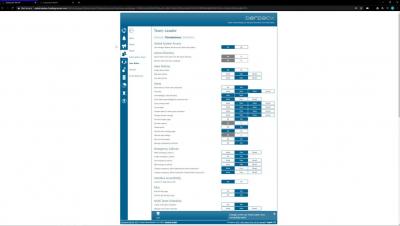Operations | Monitoring | ITSM | DevOps | Cloud
Alerting
FH Incident Runbooks
OpsRamp + Nutanix: Next-Generation ITOM and AIOps for Hybrid Infrastructure Management
PagerDuty Microsoft Teams Integration How-to Video
Getting Started with Resolve Automation and MS Teams integration
Process Automation for Modern IT Operations Management
Less Is More With Intelligent Response and Automation
For better or for worse, we have become a society obsessed with efficiency. There are watermarks of it in every corner of our lives—from digital banking and e-commerce apps to smart thermostats and doorbells. Yet, despite us using automation in almost all aspects of our personal lives, a joint study conducted by PagerDuty and Dimensional Research found that, in contrast, 90% of companies have little to no automation for issue resolution.
Building Your HIPAA Compliance Checklist
Achieving HIPAA compliance is a key objective of today’s healthcare facilities and treatment centers. It ensures that patient information and electronic health records (EHRs) remain protected. Though important, some healthcare facilities fail to achieve HIPAA compliance. The inability to achieve compliance results in the loss of sensitive patient information, and requires facilities to pay hefty fines as a result of the intercepted data.
AIOps Applied to Observability Will Automate Your Monitoring
In this final installment of this blog series, we’ll discuss the importance of monitoring your observability data. Collecting and analyzing your metrics, logs, and traces in real-time is incredibly important and will provide you with the cues, signals, and insights you need to build your service assurance strategy. Only when applied with AIOps will you achieve true operational scale and automation.











